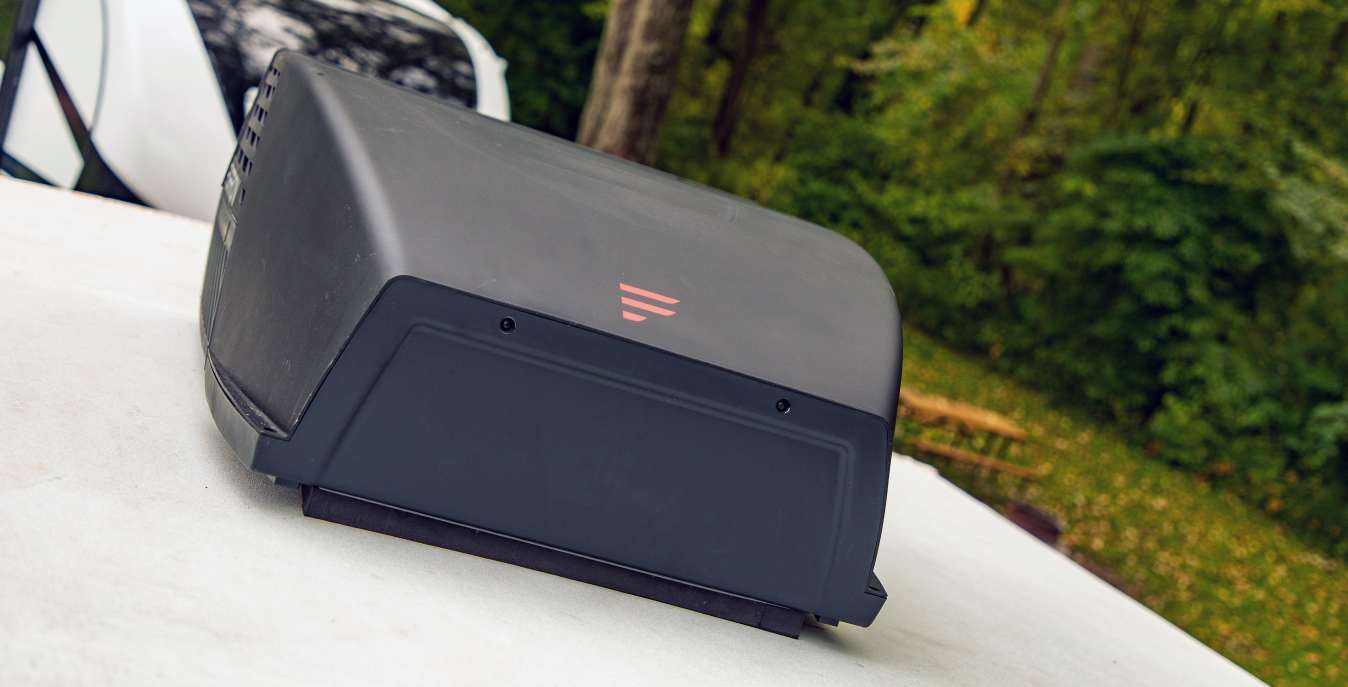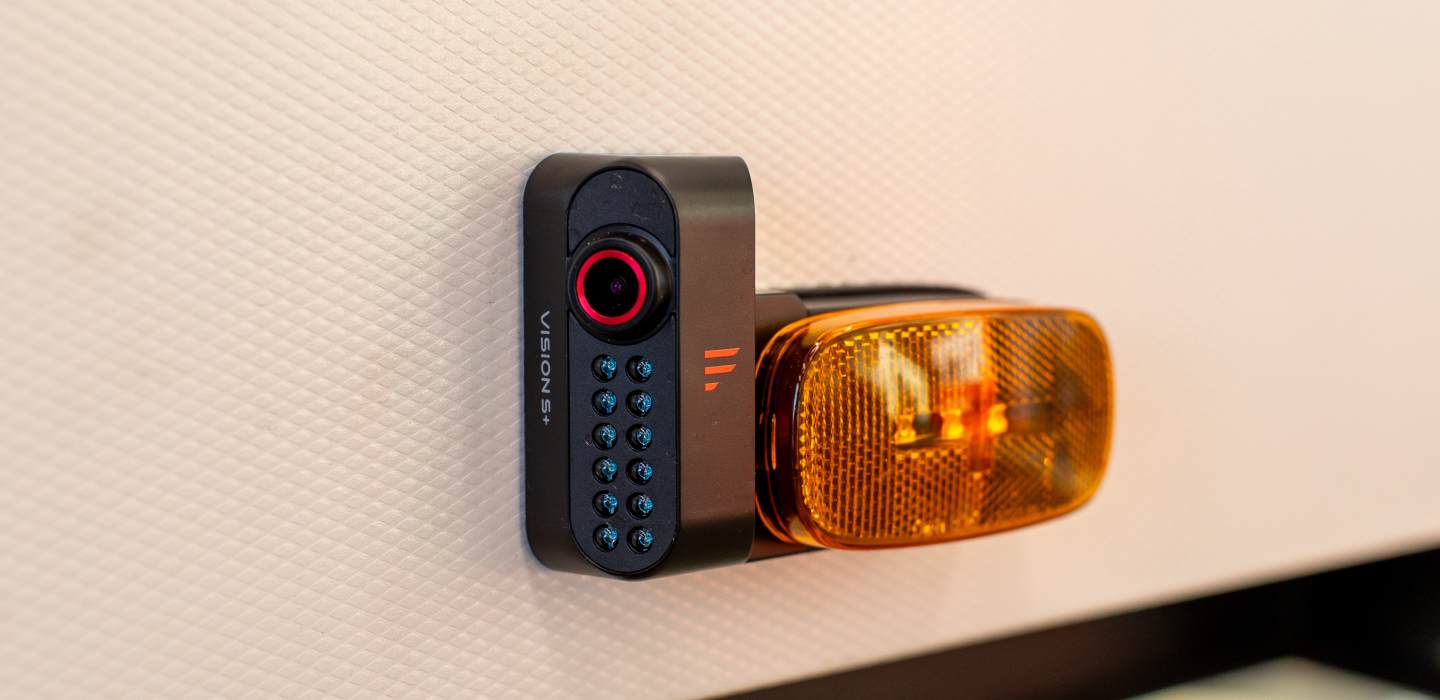Whether you’re traveling full-time or just out for a long weekend, your RV’s air conditioning unit plays a major role in your overall comfort. But comfort isn't the only consideration — properly running and maintaining your AC also affects energy efficiency, system performance, and even your rig’s resale value. If you're new to RV ownership or just haven't given your AC system much thought until now, you've come to the right place.
This guide will walk you through everything you need to know about how to use RV AC systems, covering everything from first-time startup to long-term maintenance and seasonal storage. You’ll learn why your AC might struggle in certain conditions, how to help it perform better, and what simple habits can keep it running smoothly for years to come.
Understanding How RV Air Conditioners Work
Before you dive into tips and tricks, it’s worth understanding what’s going on behind the scenes when you power up your RV AC. In essence, most RV AC units work just like residential systems but are packaged into a smaller, more compact footprint, typically roof-mounted and powered by your rig’s electrical system.
Here’s a high-level look at the process:
- Your AC pulls warm air from the interior of the RV through an air filter, removing dust and debris.
- That air is then passed over evaporator coils, where refrigerant absorbs the heat, effectively cooling the air.
- The refrigerant, now warm, flows to the condenser coils, which release the heat outside your rig.
- The cooled air is recirculated into your living space, helping to lower the temperature inside your RV.
This cycle continues until your desired thermostat setting is reached. Some modern RV AC systems, including Furrion models, even offer heat pump functionality for cold-weather use, reversing the cycle to bring warm air inside.
It’s a carefully balanced process, and even small issues, like dirty filters or blocked vents, can impact how well your RV air conditioner performs. That’s why the following best practices are so important.
First-Time Startup: How To Use RV AC
Firing up your AC for the first time, whether it's brand new or it’s been sitting idle, deserves more attention than just flipping a switch. To avoid unnecessary wear or electrical problems, follow these steps:
1. Connect to Proper Power
Plug your rig into shore power or a generator with enough wattage to handle the load. Most AC units require at least 13,500 BTUs, so be sure your power source can keep up.
2. Seal It Up
Close all windows, vents, and skylights to trap cool air inside and keep warm air out. If you leave a window cracked, you’re forcing your system to work harder for minimal results.
3. Inspect & Clean
If it’s been a while since your last use, now’s the time for inspecting and cleaning your air filter, as well as checking the rooftop unit for debris. A clogged or dirty filter can reduce airflow and strain the system.
4. Set Your Thermostat
Choose a realistic thermostat setting, ideally in the range of 72-78°F. Remember, your AC can usually only cool about 20 degrees below the outside temperature, so trying to hit 65°F on a 100°F day may be asking too much.
5. Let the Cycle Begin
Once powered on, give your RV air conditioner a few minutes to fully cycle. The refrigerant needs time to circulate before the system hits its stride.
Starting your AC correctly not only improves performance but can also help prevent electrical hiccups, especially during hot or humid conditions.
Everyday Best Practices for Using Your RV AC
Whether you’re boondocking in the desert or hooked up at a full-service campground, these tips help you stay cool without overworking your AC system.
Do:
- Use a surge protector. RV parks and campgrounds can have inconsistent power. A surge protector can save your air conditioning unit from damage.
- Keep your RV shaded. Park under trees or extend your awning to limit sun exposure.
- Adjust gradually. Move your thermostat setting up or down in small increments. Sudden shifts confuse the compressor and reduce energy efficiency.
- Clean your air filter regularly. A clogged filter restricts airflow and reduces performance.
- Pair your AC with fans. Ceiling or box fans help circulate cold air, especially in larger rigs.
Don’t:
- Leave vents open while running the AC. You’ll lose cooled air faster than your unit can replace it.
- Ignore strange sounds. Clicking, buzzing, or rattling can indicate a failing part or airflow blockage.
- Change modes too quickly. Give your system three to five minutes between setting changes to avoid compressor lock-up.
- Forget the roof. Dust, pollen, and leaves can collect on or around your rooftop unit, affecting airflow to the condenser coils.

Leaving Your RV Unattended: What to Do with Your AC
If you’re stepping out for the day, or even leaving your rig for a few days, how you leave your AC matters, especially in extreme heat.
- Don’t turn it off completely. High internal temps can damage electronics, furniture, and materials. If pets are onboard, cooling is critical.
- Adjust the thermostat up. Raise your thermostat setting to around 80°F to reduce energy consumption while still circulating cool air.
- Close the blinds and cover vents. This keeps the interior shaded and helps the AC maintain a stable environment.
- Use smart controls. Many RV air conditioners today can be managed remotely via WiFi, letting you adjust the temp before you return.
A little planning can protect both your system and your RV while you’re away!
Operating Your RV AC in Extreme Heat
Blazing hot outside? Here's how to help your AC beat the heat.
- Start early. Don’t wait until your RV is hot. Run your AC in the morning when it’s easier to maintain a cooler interior.
- Cook outside. Ovens and stovetops introduce warm air and raise humidity levels. Grill under the awning or prep cold meals when you can.
- Reduce internal heat. Unplug unused electronics, turn off lights, and avoid running heat-producing appliances.
- Ventilate smartly. Use roof fans in the bathroom and kitchen to remove warm air and humidity.
- Maintain your unit. In high-use seasons, step up your schedule for inspecting and cleaning the evaporator coils and air filter.
Remember, your AC has limits — even the best RV air conditioner may not cool below 80°F on a 100°F day. Help it out by reducing heat wherever possible.

Maintenance Tips That Keep Your RV AC Running Strong
Routine upkeep is essential for long-term performance. Here's what to do:
- Clean or replace the air filter. Check every two weeks in peak season. A clean air filter means better airflow and cooler air faster.
- Inspect evaporator and condenser coils. Dust buildup prevents heat transfer, making your AC work harder for less output.
- Tighten electrical connections. Vibration from travel can loosen screws and connectors over time.
- Listen carefully. Clicking, rattling, or reduced airflow can signal problems early. Address them before they worsen.
- Get annual service. A professional can deep clean your unit, test refrigerant levels, and extend the life of your system.
Keeping your system in top shape helps ensure that cool air is there when you need it.
How to Store Your RV AC During the Off-Season
When it's time to park your RV for the winter, don’t forget your AC. Storing it properly keeps it ready for action next season.
- Shut it down completely. Power off the unit and unplug any connected thermostats or control panels.
- Clean everything. This includes filters, evaporator coils, and condenser coils. Dirt left behind now could turn into mold or corrosion later.
- Cover the rooftop unit. Use a breathable, manufacturer-approved cover to keep out leaves, snow, and critters.
- Use a dehumidifier. Moisture control helps prevent mildew buildup in your ductwork and vents.
- Test monthly, if possible. If your RV remains plugged in, turn the AC on for 10-15 minutes once a month to keep internal parts lubricated.
With the right off-season care, you won’t have to worry about surprises when you need cold air again next spring.
Final Thoughts: Mastering How to Use an RV AC
From first-time startup to extreme heat operation and seasonal storage, understanding how to use RV AC systems is a skill every traveler should have. These cooling systems do more than keep you comfortable. They also help regulate humidity, protect your belongings, and keep your RV in top condition.
By following the tips above, you’ll not only stay cooler on the road, but you’ll also help your system run more efficiently and last longer. And when it’s time for an upgrade, Furrion’s line of innovative RV air conditioners and smart thermostats are built to handle life on the road with ease, reliability, and intelligent performance.




How to Choose the Best RV Backup Camera
The Pros & Cons of Tankless RV Water Heaters